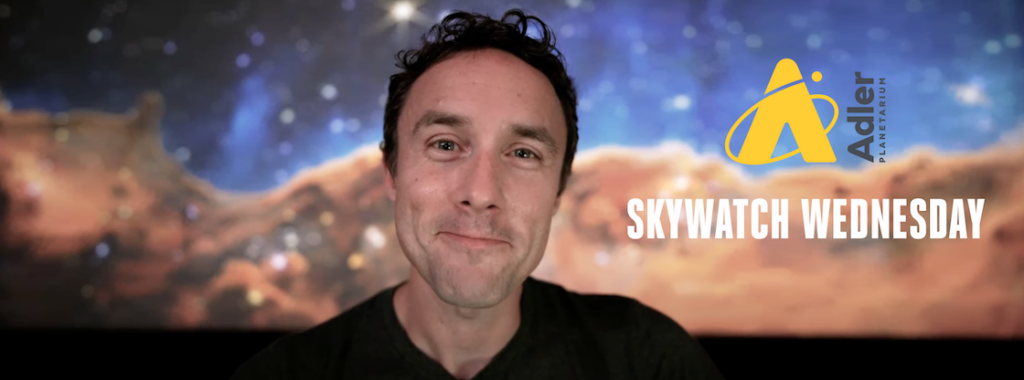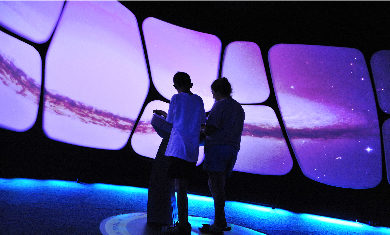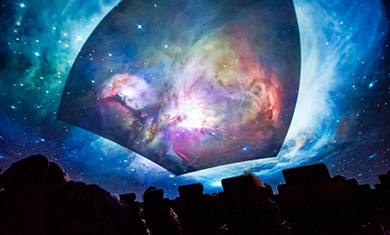Skywatch Wednesday

Tour the night sky so you can look up from anywhere.
Skywatch Wednesday is a YouTube video series with the Adler Planetarium’s Theaters Manager Nick, who uses cutting edge visualizations, NASA images, and astrophotography to show you what you can see in the night sky throughout the year.
Episodes are released on select Wednesdays, and highlight celestial objects like planets or constellations you’ll be able to spot on your own at home. Sometimes you may need a telescope or binoculars, but often you can see objects with the naked eye. Viewers will also learn how to see comets, eclipses, conjunctions, and other celestial phenomena depending on what’s up in the night sky!
Your Fall 2024 Stargazing And Skywatching Guide
Subscribe To Watch New Episodes
Catch new episodes on YouTube—become a subscriber to get notifications when we publish full Skywatch Wednesday episodes or shorts.
Want Space, Wherever You Are?
Sign up for our Space From Home emails, where we talk about space news, share episodes of Skywatch Wednesday, Wow! Signal (our space comedy show), and always include a wholesome meme or two!
Frequently Asked Questions
Each Skywatch Wednesday is unique. Our goal is to cover topics relevant to the week of the episode airing so that you can go out and explore the night sky after watching. Sometimes we’ll talk about constellations and asterisms that are especially easy to see during a given time period, a planet that is making a close approach to Earth, an especially stunning phase of the Moon, or seasonal meteor showers. We’ll also cover timely topics, like how to view comet c/2022 (ZTF) or the “planet parade.”
If you have questions about an episode topic, you have a few choices. First, you can leave us a comment in the YouTube comments section and we will do our best to respond. Second, you can email our astronomy experts at askadlerastronomers@adlerplanetarium.org. By emailing us, you can expect a response usually within a week’s time. We ask for your patience and understanding if high volumes of emails make response times longer.








